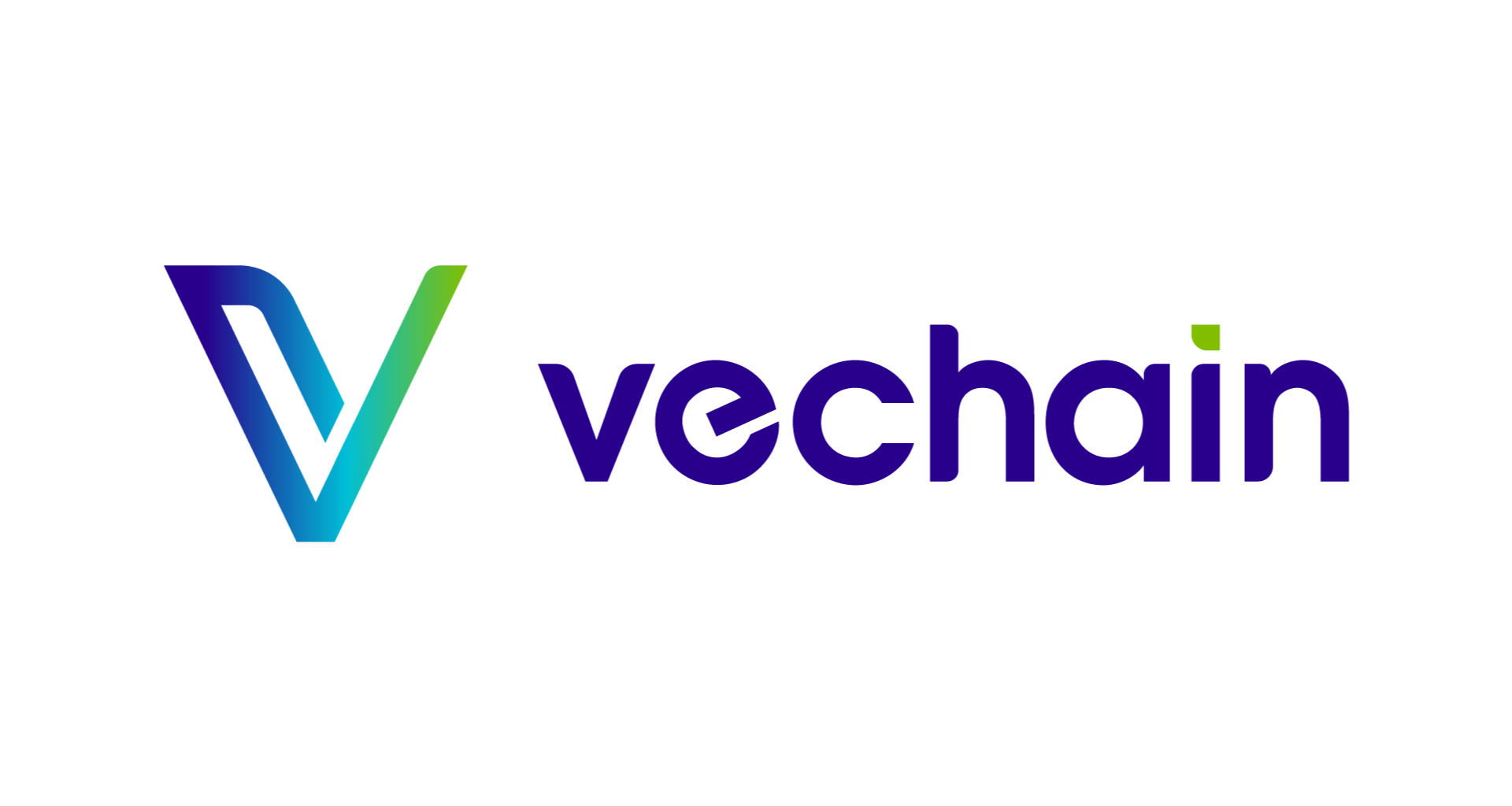In the world of cryptocurrency, staking has emerged as a popular way to earn rewards while contributing to the security and stability of a blockchain network. VeChain, with its unique dual-token system, offers a compelling staking mechanism that allows you to earn passive income and support the network simultaneously. In this comprehensive guide, we’ll delve into the ins and outs of VeChain staking, exploring what it is, how it works, and how you can get started.
What is VeChain Staking?
VeChain operates on a Proof-of-Authority (PoA) consensus mechanism, where dedicated nodes validate transactions and maintain the network. Staking on VeChain involves locking up a certain amount of VET tokens to support the operation of these nodes. In essence, you’re putting your VET tokens to work to secure the VeChainThor blockchain. As a reward for your contribution, you automatically generate VTHO (VeThor) tokens over time.
Let’s unpack the benefits of participating in VeChain staking:
- Passive income: VTHO rewards accumulate without the need for active trading or complex strategies.
- Network Security: By staking your VET, you become an active participant in securing the VeChain network and have a say in its governance.
- Lower Transaction Fees: The VTHO tokens you generate are used to pay for transaction fees on the VeChainThor blockchain, potentially reducing your operational costs.
How Does VeChain Staking Work
VeChain’s staking system features Economic Nodes with varying VET investment requirements. These nodes play a critical role in the consensus process. The more VET you stake and the longer your staking duration, the higher your potential VTHO generation rate. Think of it like earning interest on a savings account – the more you deposit and the longer you leave it, the more interest accrues.
How to Start Staking VeChain
Now that you have a solid understanding of how VeChain staking works, let’s get into the steps involved in starting your staking journey.
Wallet Options
The first step is to choose a secure wallet that supports VeChain staking. Here are a few popular choices:
- VeChainThor Wallet (Official): VeChain’s official mobile and desktop wallet offers a user-friendly staking interface.
- Exodus Wallet: A multi-currency wallet with built-in support for VeChain staking.
- Atomic Wallet: Another multi-currency option that allows you to stake VeChain.
Step-by-Step Guide
- Acquire VET: Purchase VET tokens on a cryptocurrency exchange like Binance, KuCoin, or Crypto.com.
- Transfer to Wallet: Send your VET tokens from the exchange to your chosen VeChain staking wallet.
- Initiate Staking: Within your wallet, locate the staking section and follow the instructions to select your desired staking amount and duration.
Staking Pools (If Applicable):
If you don’t meet the minimum requirements to run your own node, some wallets may offer the option to participate in staking pools. These pools combine the VET of multiple users, allowing smaller investors to earn staking rewards collectively.
Important Note: Each wallet may have slightly different steps for initiating staking. Always refer to the specific instructions and guidelines provided by your chosen wallet.
Risks and Considerations
While VeChain staking offers potential rewards, it’s essential to be aware of the associated risks and factors to consider:
- Price Volatility: Cryptocurrency markets are known for their fluctuations. The value of both VET and VTHO tokens can change rapidly, impacting the overall value of your staking rewards.
- Lockup Periods: Certain wallets or staking pools might impose lockup periods on your staked VET tokens. This means you won’t be able to access or sell your VET for a predetermined duration.
- Node Requirements: If you choose to run your own Economic Node, there are technical prerequisites and potential costs involved. You’ll need to maintain a reliable internet connection and possibly invest in hardware to ensure your node functions optimally.
FAQs
- What are the minimum requirements for VeChain staking? The minimum VET requirements vary depending on the type of Economic Node you want to run. Additionally, specific wallets or staking pools may have their own minimums. Be sure to research the specific requirements of your chosen platform.
- Is there a risk of losing my staked VET? There is always some level of risk in cryptocurrency. However, VeChain’s PoA consensus mechanism is designed to protect staked assets. The primary risk lies in market fluctuations, not the staking mechanism itself. Always do your research and understand your risk tolerance.
- How frequently are staking rewards distributed? VTHO rewards are generated approximately every 10 seconds and automatically distributed to your wallet based on your staking amount and node status.
- Can I stake VeChain on a hardware wallet? Yes, some hardware wallets like Ledger support VeChain staking in conjunction with compatible third-party wallets.
- Is it better to run my own node or join a staking pool? This depends on your investment goals and technical expertise. Running your own node offers higher potential rewards but requires more technical knowledge and potentially higher setup costs. Staking pools are more accessible for beginners and those with smaller VET holdings.
Conclusion
VeChain staking provides an opportunity for VET holders to earn passive income, support the network’s growth, and potentially reduce their transaction costs on the VeChainThor blockchain. Its unique dual-token system offers a compelling mechanism for both long-term investors and those seeking a source of additional crypto earnings.
Before starting your VeChain staking journey, it’s essential to weigh the potential rewards against the risks and carefully choose a method that aligns with your investment strategy and technical capabilities. If you’re ready to explore the benefits of VeChain staking, the first step is to secure a compatible wallet and begin your staking adventure.









